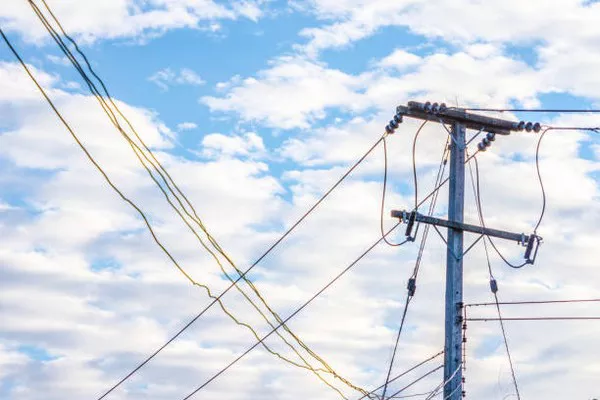Electrical transformers are fundamental components in power distribution systems, playing a crucial role in the efficient transfer of electrical energy from one circuit to another. While their exterior may appear unassuming, the interior of these devices is a complex arrangement of materials and components designed to ensure reliable and safe power transmission. In this article, we will delve into the inner workings of electrical transformers, shedding light on the various elements that make these devices indispensable in our modern power infrastructure.
Core Components
At the heart of every electrical transformer lies its core components, and the core itself is perhaps the most critical element. Typically constructed from laminated sheets of steel, the core serves as a pathway for the magnetic flux generated by the transformer. The laminations help minimize eddy current losses and enhance the efficiency of energy transfer. The core’s design and material are carefully chosen to ensure optimal magnetic properties, reducing energy losses during the conversion process.
Windings and Coils
Surrounding the core are the windings, which consist of coils of wire made from materials with excellent electrical conductivity, often copper or aluminum. These windings are classified into two main types: primary and secondary. The primary winding connects to the input power source, while the secondary winding connects to the output load. The number of turns in each winding determines the transformer’s voltage ratio, allowing it to step up or step down the voltage as required for efficient power distribution.
Insulating Materials
Insulating materials are strategically placed within the transformer to prevent electrical leakage and ensure the safety and longevity of the device. The windings are typically insulated with materials such as paper, oil-impregnated paper, or synthetic materials like Mylar. These insulating materials protect against electrical breakdown and enhance the transformer’s ability to withstand high voltages.
Transformer Oil
One distinctive feature found inside many electrical transformers is transformer oil, also known as insulating oil. This oil serves multiple purposes, including acting as a coolant and insulator. It helps dissipate the heat generated during transformer operation, preventing overheating and ensuring the device’s optimal performance. Additionally, transformer oil provides insulation between the windings and the transformer tank, reducing the risk of electrical faults.
Tank and Cooling System
The outer shell of the transformer, commonly made of steel, is known as the tank. The tank provides mechanical protection to the internal components and serves as a containment vessel for the insulating oil. To maintain a consistent temperature and prevent overheating, transformers are equipped with cooling systems. These can take the form of radiators or cooling fins, facilitating the efficient dissipation of heat generated during the energy conversion process.
Tap Changer
Some transformers are equipped with a tap changer, a device that allows for adjustments in the transformer’s turns ratio. This enables fine-tuning of the output voltage to accommodate variations in the input voltage or changes in load conditions. Tap changers are crucial for maintaining a stable and reliable power supply, especially in situations where voltage fluctuations are common.
See Also What Powers Electrical Transformers
Monitoring and Protection Devices
The inner workings of a modern electrical transformer are not complete without monitoring and protection devices. These components ensure the transformer’s health and provide safeguards against potential failures. Buchholz relays, for example, detect and alert operators to internal faults such as electrical arcing or insulation breakdown. Temperature sensors, pressure gauges, and protective relays work in tandem to monitor various aspects of the transformer’s performance and trigger alarms or shutdowns in case of abnormalities.
Emerging Technologies
As technology advances, the landscape of electrical transformers is evolving. Smart transformers, equipped with sensors and communication capabilities, are becoming increasingly prevalent. These transformers offer real-time monitoring and remote control capabilities, allowing for proactive maintenance and improved reliability. The integration of digital technologies and predictive analytics enhances the overall efficiency and performance of power distribution systems.
Conclusion
In conclusion, the inside of an electrical transformer is a meticulously designed and interconnected system of components working together to facilitate the efficient transfer of electrical energy. From the core and windings to insulating materials, cooling systems, and advanced monitoring devices, each element plays a crucial role in ensuring the transformer’s reliability and longevity. As we continue to rely on electricity as a cornerstone of modern life, understanding the intricacies of electrical transformers becomes essential for maintaining a resilient and robust power infrastructure.

